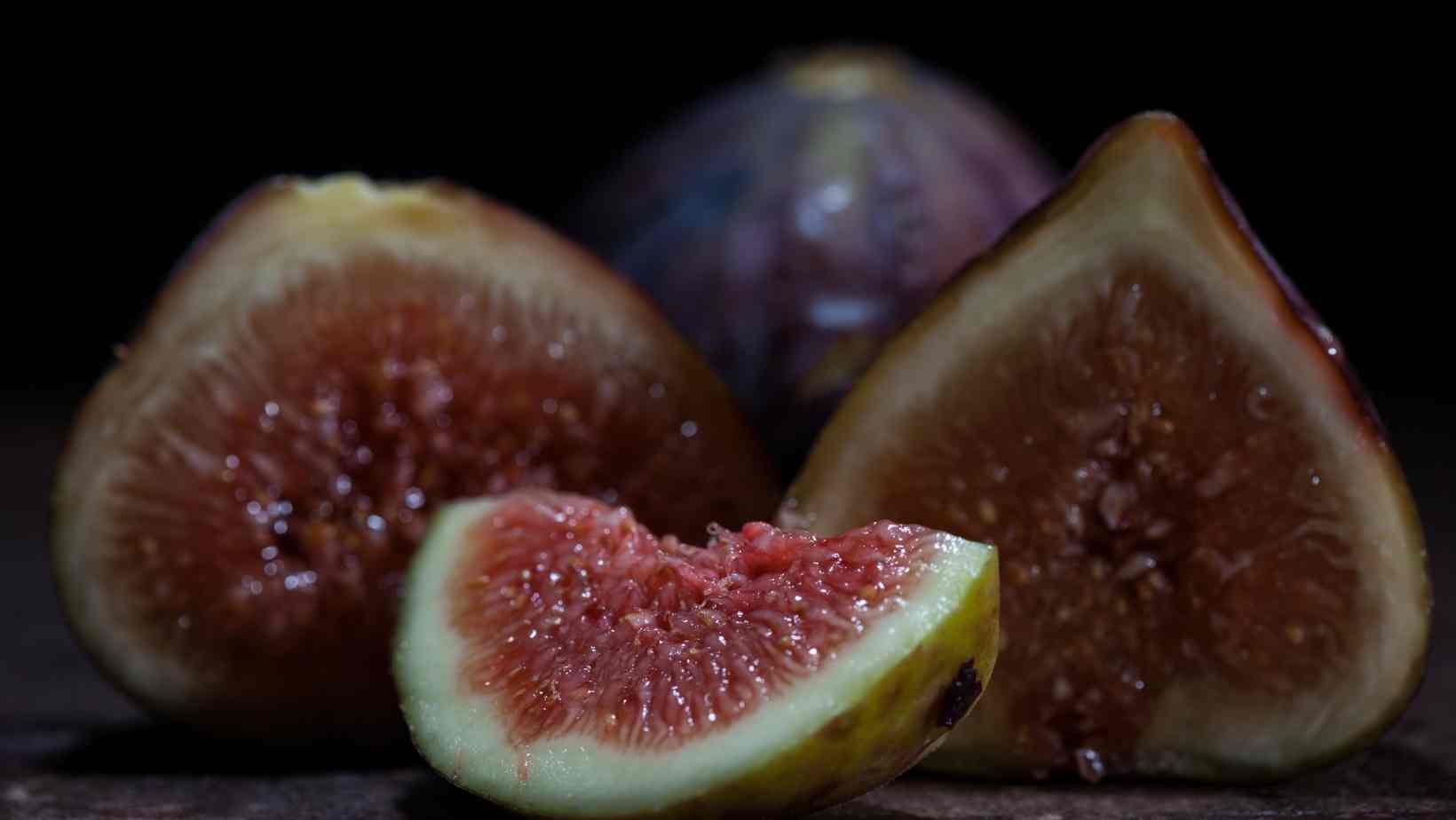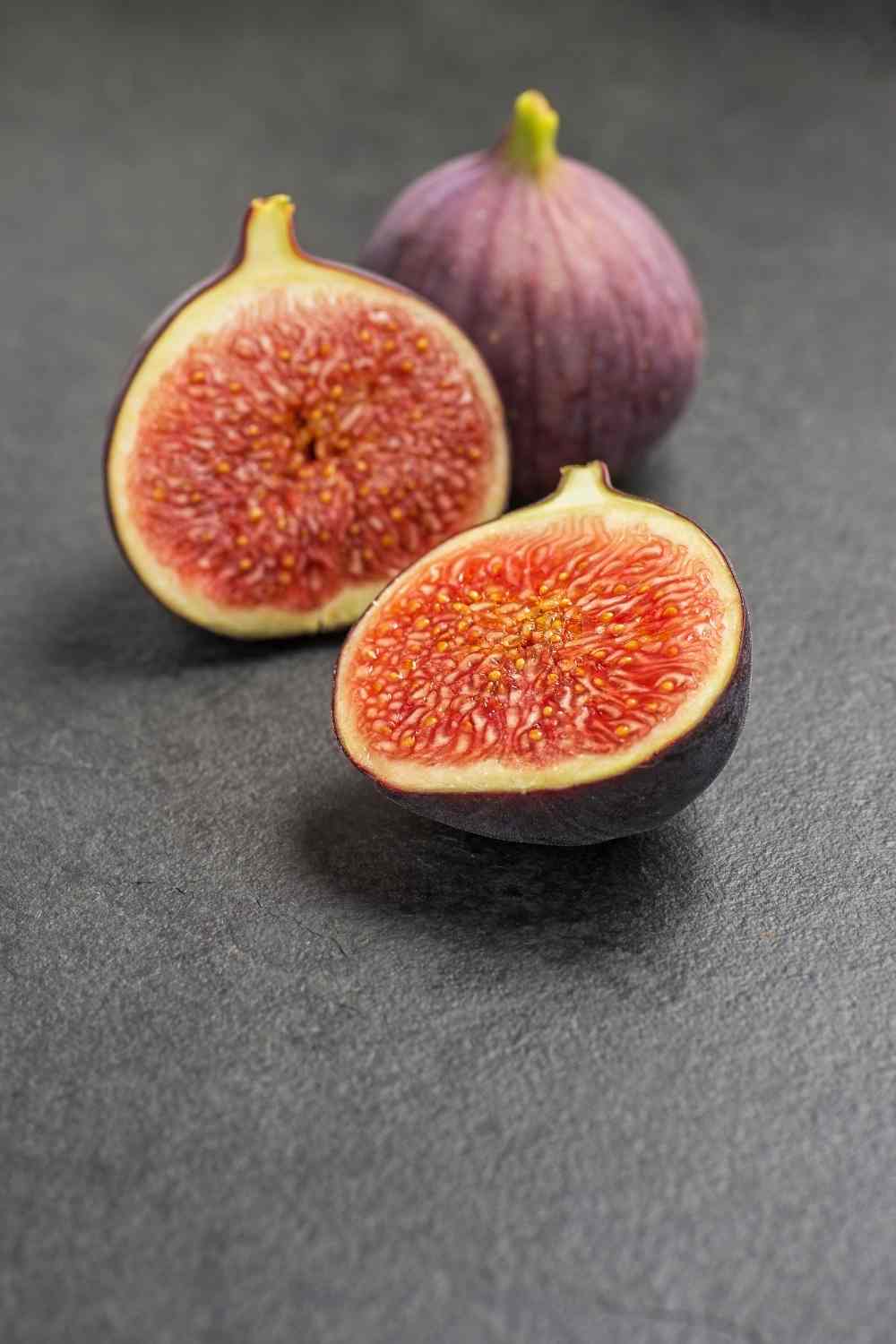The fact that figs are tasty doesn't seem to be enough. Despite the fact that figs have been treasured since antiquity, there is always a disagreement regarding them. Is it okay to eat the skin? Are they vegetarian or vegan? Is it even a fruit?

It's time to put an end to this insanity. Here's all you need to know how to eat figs.
The figs' story
Figs have been prized since antiquity. They were extensively dispersed throughout the empires of the Ancient Greeks and Romans, having originated in the Mediterranean and the Middle East. Fig tree remains have been discovered at Neolithic archaeological sites, and fig consumption has been documented on Sumerian stone tablets. For their sports exploits, the ancient Olympians were rewarded with figs.
Many biblical experts believe the forbidden fruit selected by Eve was a fig rather than the widely portrayed apple, based on references to fig trees in both the Old and New Testaments. In Islam, the prophet Mohammad suggests that figs are his favorite fruit, claiming that it is the one he hopes to see in heaven the most. Figs are also essential symbols in many other faiths, such as Judaism, Hinduism, and Buddhism, where they symbolize anything from fertility to peace to wealth.
Figs were plentiful over much of Europe and Asia by the Middle Ages, from Britain to China. In 1520, Franciscan missionaries transported figs from Spain to California, kicking off what is now a vast fig production in the southern United States.
For a fruit that isn't exactly a fruit, it's quite good. Figs are a kind of flower. But you'd have to be a genuine boring to start picking folks up on that (and for the rest of this essay, we'll refer to them as a fruit). It's simply more convenient that way).
Calories and nutritional values
Eating figs, whether dried or fresh, is a delicious way to satisfy your sweet desire while also providing critical vitamins and minerals in a low-calorie package. A medium fig has just 37 calories and 8 grams of sugar in it.
Figs are high in potassium and calcium, making them ideal for maintaining bone density and preventing diseases like osteoporosis later in life. Potassium also aids in the control of blood pressure. Figs are also helpful for your digestion since they are strong in fiber.
Figs are also high in iron, magnesium, and vitamins A and C, among other nutrients.
Figs may be eaten in a variety of ways
So, how do you consume figs in the first place? Dried figs have a stronger flavor and a chewier texture, making them a popular fruit to consume. Dried figs, like many other dried fruits, may be used in cookery, particularly baking.
The stiff stalk should be discarded (hold it, eat the remainder of the fruit of it, then hurl the stalk away), and that's about all there is to it when eating dried figs intact.
A separate issue is how to consume fresh figs, and there isn't a single perfect solution. If there's one guideline to remember, it's to always throw out the stalk. It's incredibly simple to twist the stem off of fresh figs before tucking them in whole.
Fresh fig skins are absolutely edible, however, they may not be to everyone's taste, so you may want to peel them first. Early-season figs have thin, delicate skins, but late-season figs have thicker, less appealing skins. The thicker skins can be easily peeled away with a high-quality vegetable peeler, while the thinner ones may be peeled away with your fingers to avoid damaging the delicate fruit within.

Fresh figs, unlike dried figs, have a squishy interior that is naturally jam-like. Cutting the fig in half and eating the center with a spoon, or cutting them into wedges and eating them like an orange wedge, are two more methods to get at the center while avoiding the peel.
Fresh figs work nicely with almonds as well as soft goat and sheep cheeses. They may also be cooked to make them sweeter and juicier. This is especially appealing when using unripe figs. You may bake them whole or cut them in half and grill them. Both ways gently caramelize the figs, making them equally delicious as a simple dessert sprinkled with crushed almonds and honey, or as a garnish on goat cheese salads and even pizza.
Recipes with figs
Why not start your day with this fig, watermelon, and peach smoothie if you're wanting to add more figs to your diet? All you have to do is whizz the ingredients in a blender until they're completely smooth.
Make a batch of this rustic fig and pistachio jam to serve over toast, pancakes, or crumpets for breakfast. To prepare it, just combine all of the ingredients in a saucepan and bring to a boil, stirring periodically. Allow the jam to come together for about 4 minutes before transferring to sterilised jars.
Figs are a great complement to many appetizers and canapés, so the next time you're hosting a dinner, whether it's a small gathering or a major event, try these fig and duck breast kebabs or these parmesan wafers topped with parmesan and figs to whet your guests' appetites. To prepare the wafers, just toast grated parmesan in the oven until golden brown, then dish with slices of Parma ham and fig wedges.




